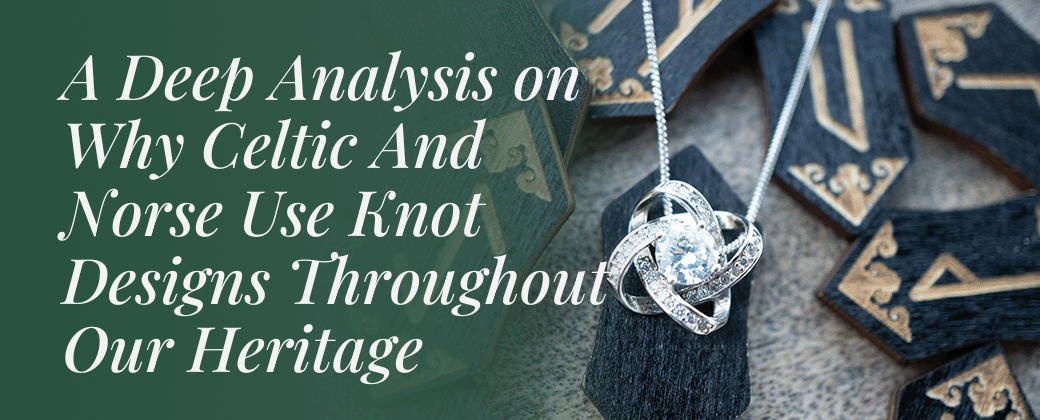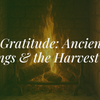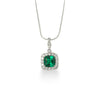A Deep Analysis on Why Celtic And Norse Use Knot Designs Throughout Our Heritage

Several speculations have shown that both the Celtic and Norse used the same knotwork forms in their designs. Therefore, they share the same meaning. Although similar, they still share a massive difference in terms of the overall style, purpose, meaning, and values that the designs express and showcase.
But before we dive into that, the similarities are uncanny; both practices share the usage of such design and knotworks in their pottery, paintings, and even tattoos. If you look at it from a glance, you will need help understanding their difference.
The Celtic Knot is also called the Icovellavna, which falls under a strict mathematical formula and format that defines one continuous solid line that curls around on itself. Take a closer look at the knot design, and you will notice that at any point within the design, you can start and end without stopping. The line and design may vary in shape, width, and size, but the result remains the same.
On the other hand, the Norse knotwork would heavily depict people, animals, and things. It’s more modern and abstract compared to the uniformity the Celts would use.

History Behind The Design
The Celts can rightfully claim to have come up with the idea first. Kudos to the ancient druids. We have access to the earliest knotwork in that part of the world. They may have their origins in the Neolithic era, which is hinted at by the spirals found in structures like Newgrange in Ireland. From the early 600s, Celtic monks carried classic works from the East, such as the famous Book of Kells, and transcribed them into beautiful illuminated manuscripts, including the celebrated Kells.
Before this period and through the 12th century, the Norse flustered the coasts of the Scottish Orkney Islands. However, during that time, they made their way down past the Mediterranean coastline to Cornwall and even went as far as Ireland. You can even see Celtic knotwork influenced by the two cultures taking on people and animals and losing their form.
With that being said, the design and overall look of the Celtic and Norse knotwork vary in how it is expressed and showcased in the items, murals, monuments, and assets that we would use them in.
What Should You Use?
Simply put, the design and knotwork that you should get tattooed, engraved, designed, or handcrafted in your jewellery should be the design that resonates with your values and symbolisms. Either method is dominant or would mean more than the other. Both have been passed on through generations, and either way can represent and speak the ideals and values you believe in.
Wear and understand the depth of the design and knotwork that you plan on utilizing, and it shall be the symbol that matches your personality and heritage.






